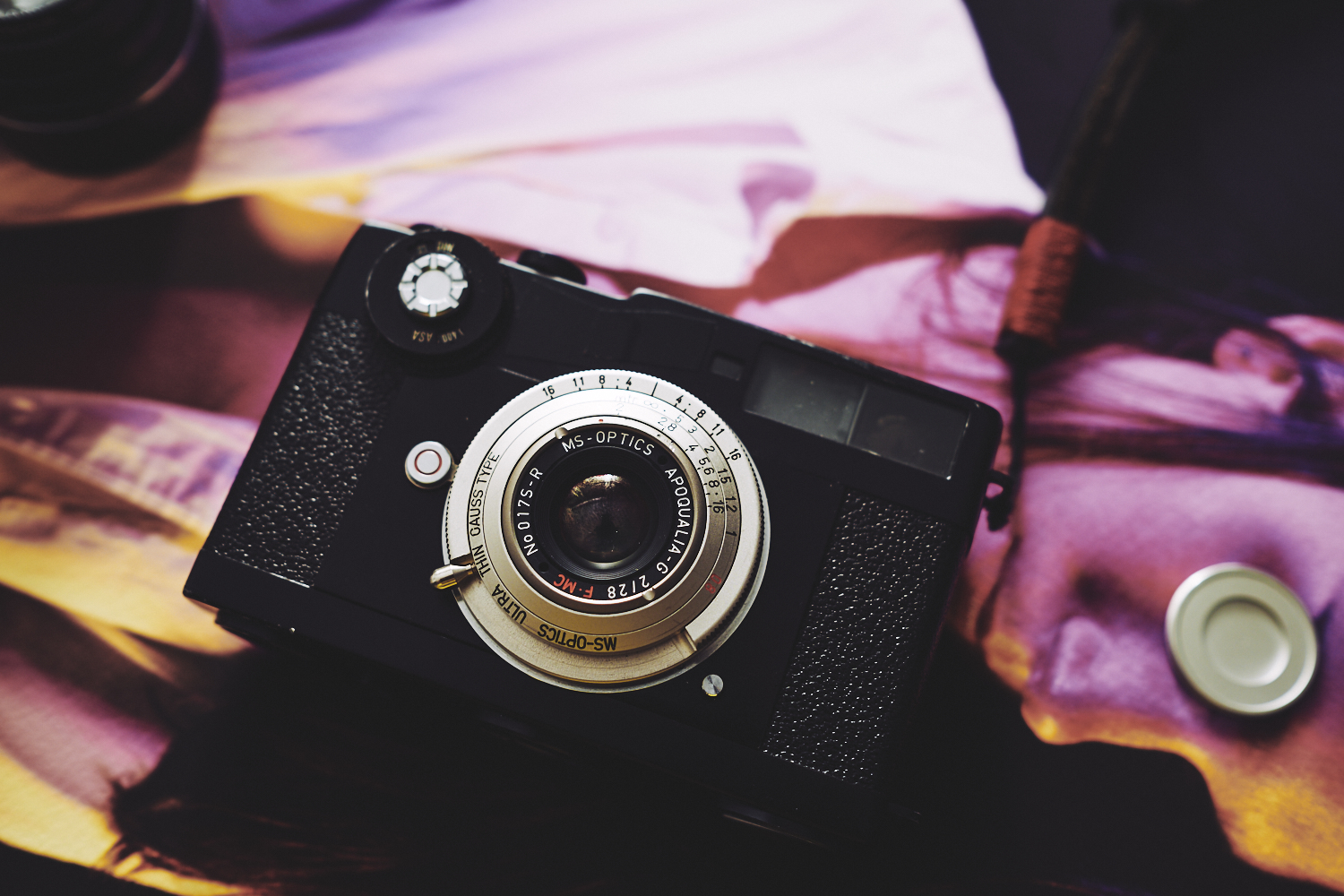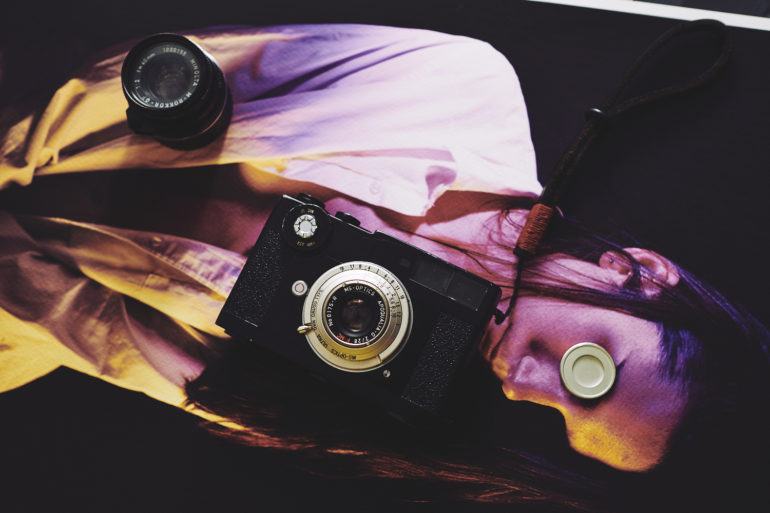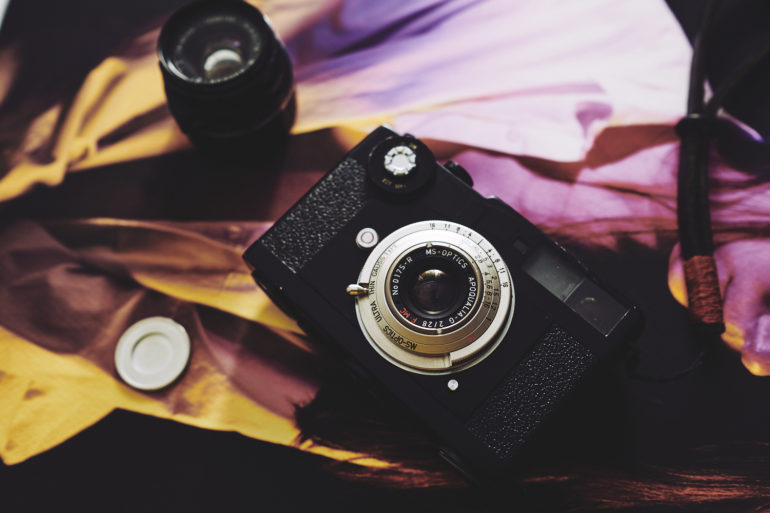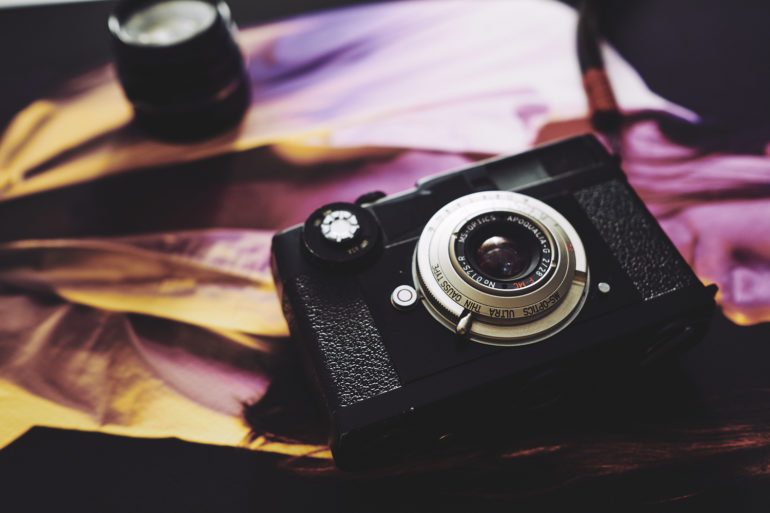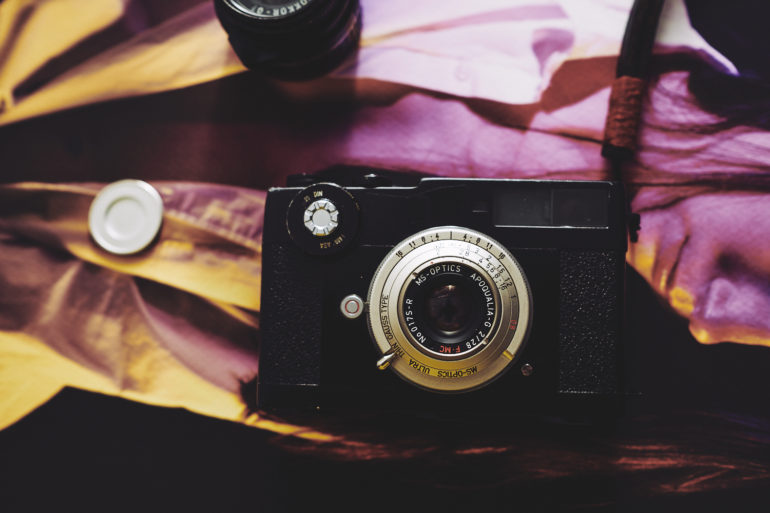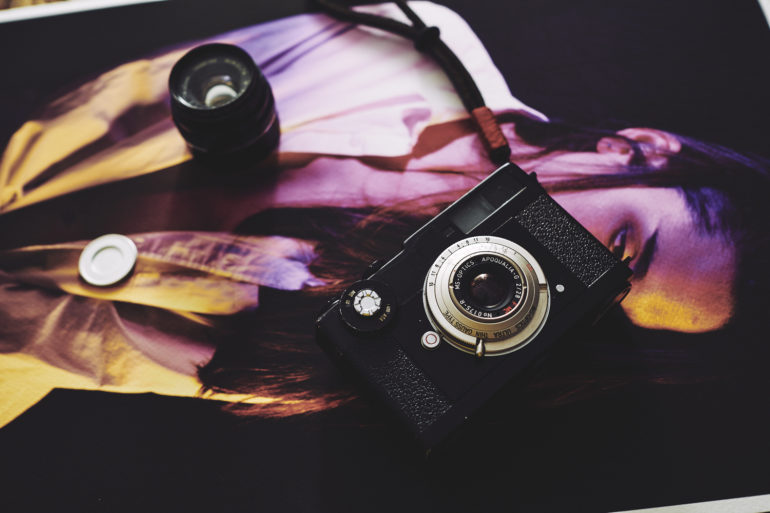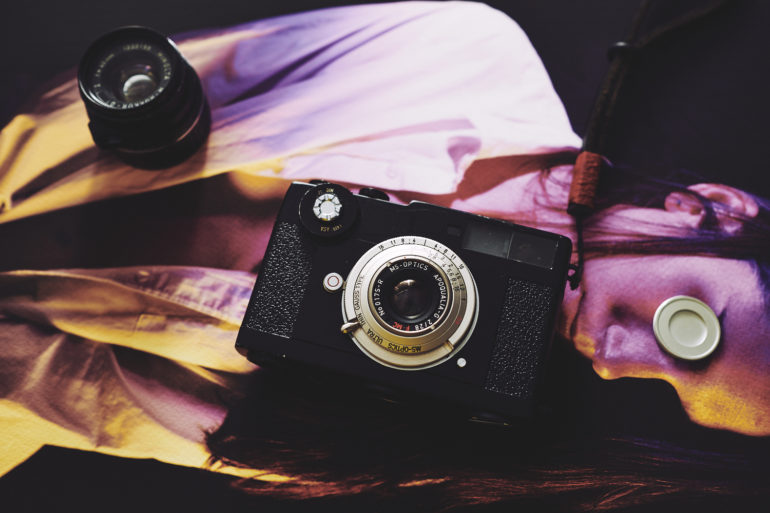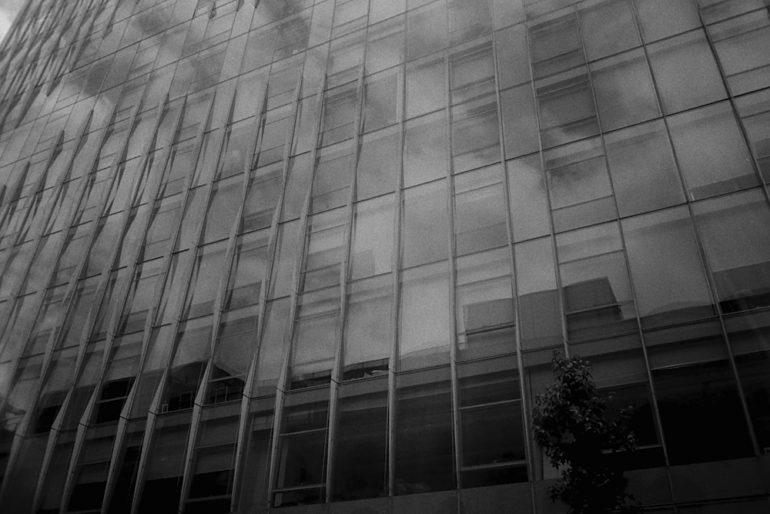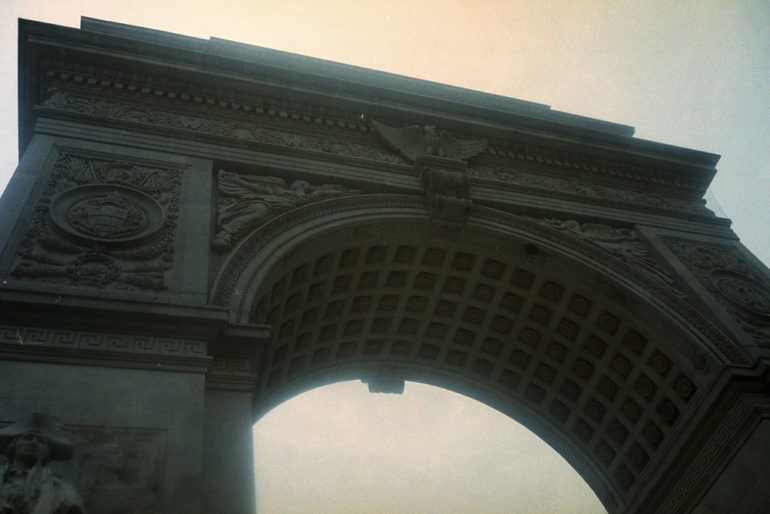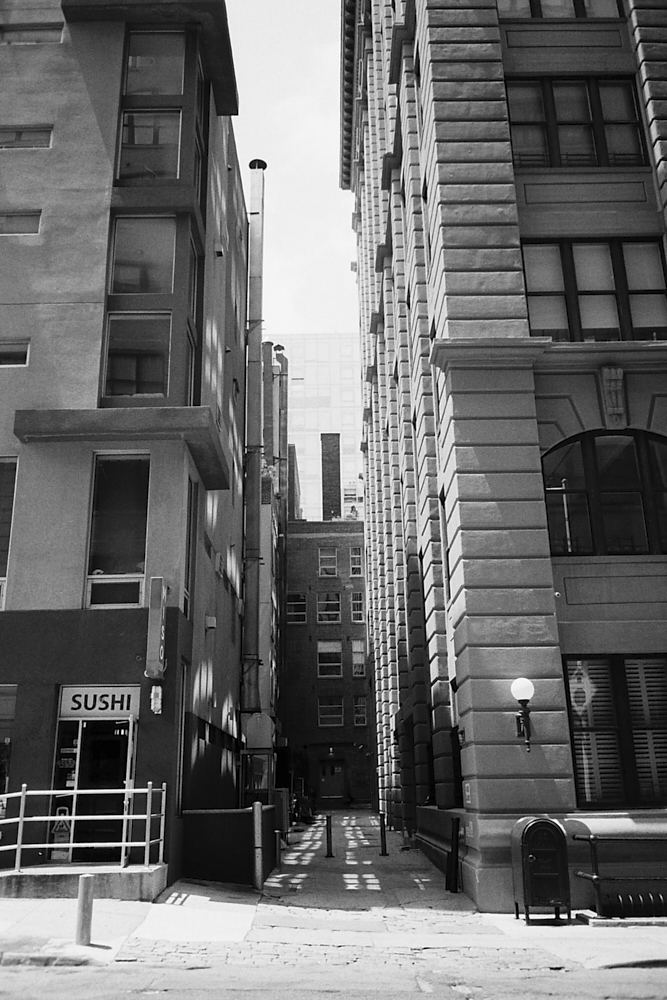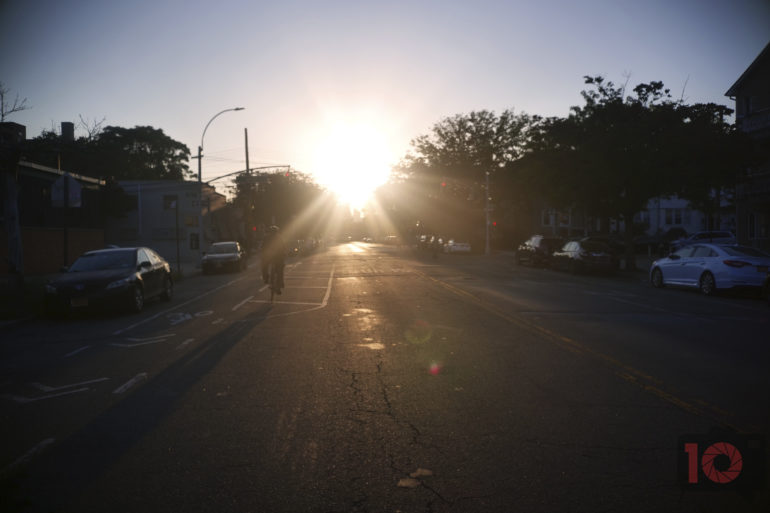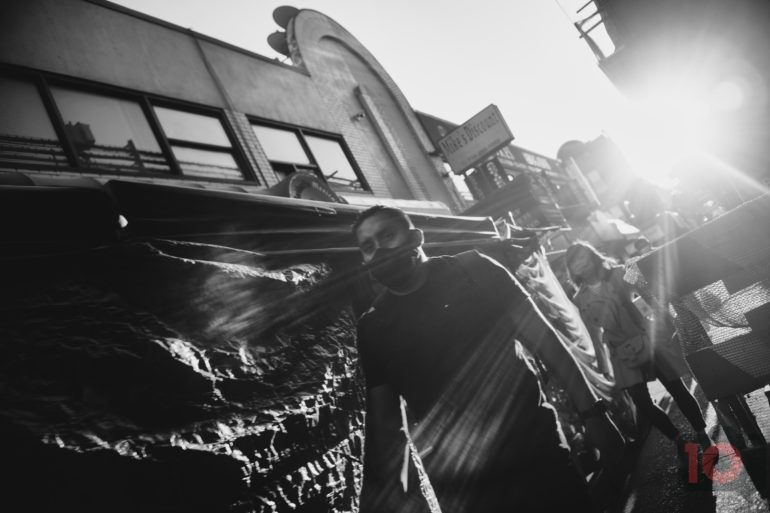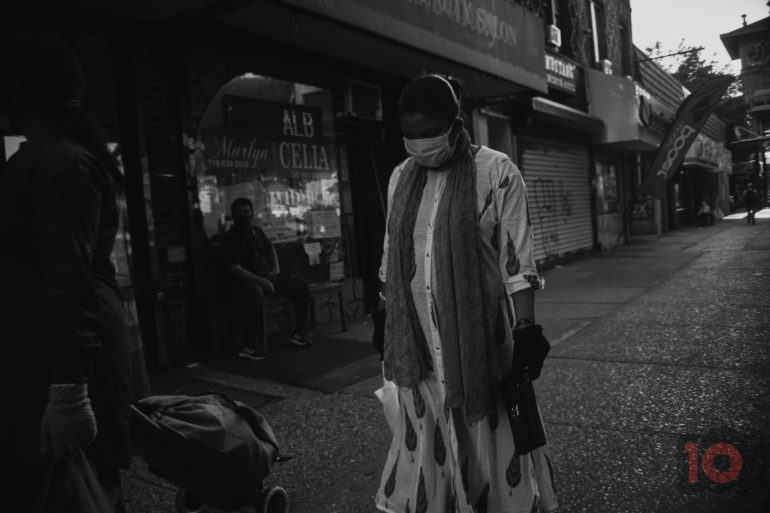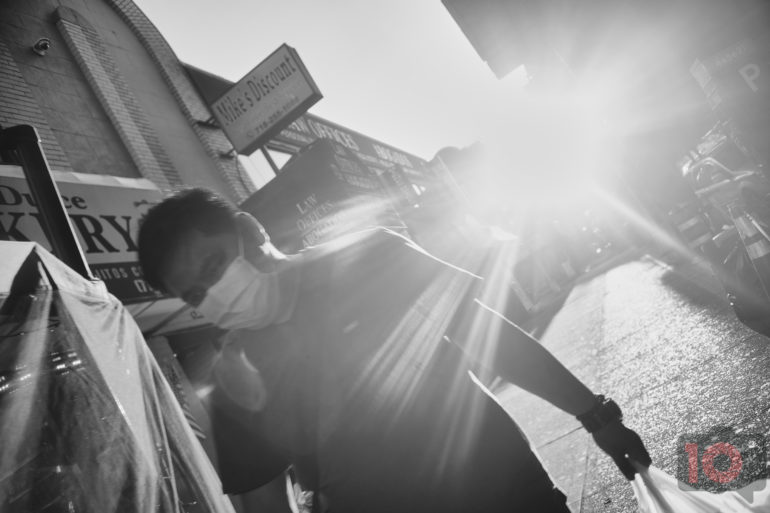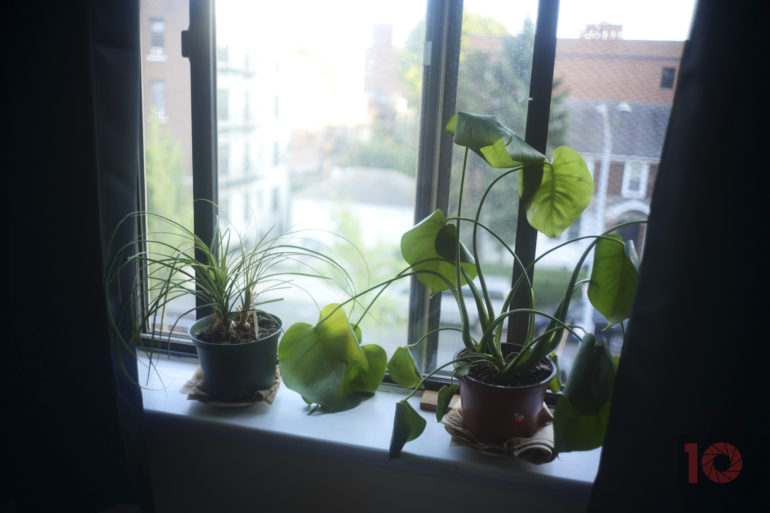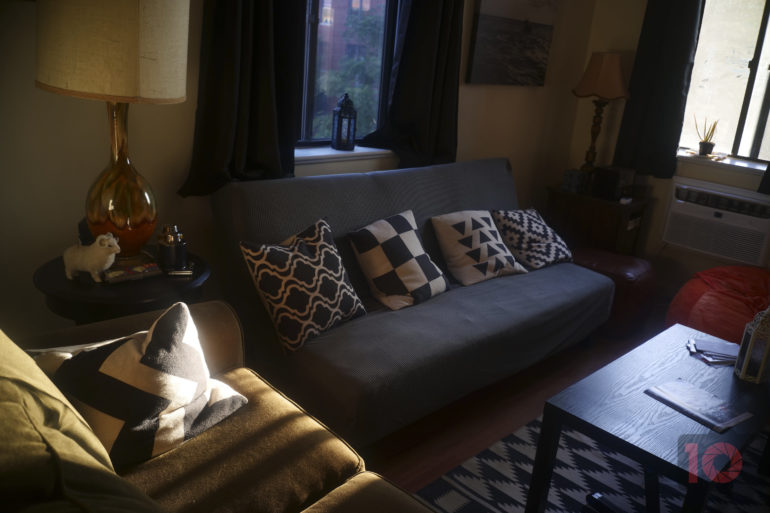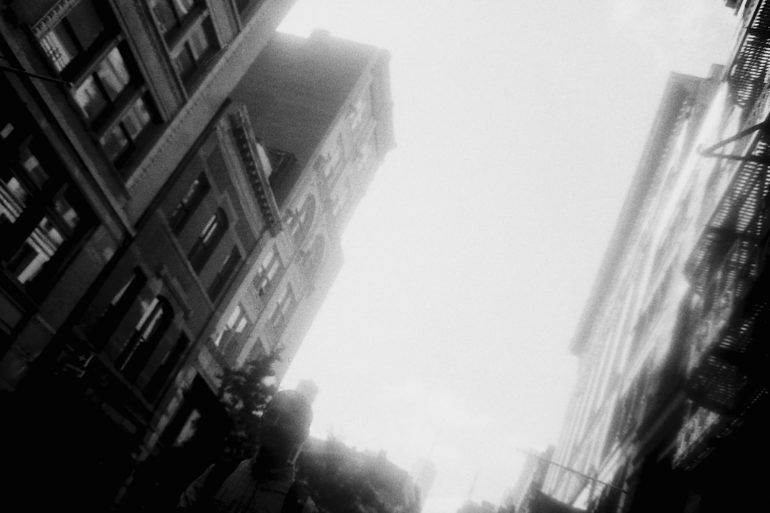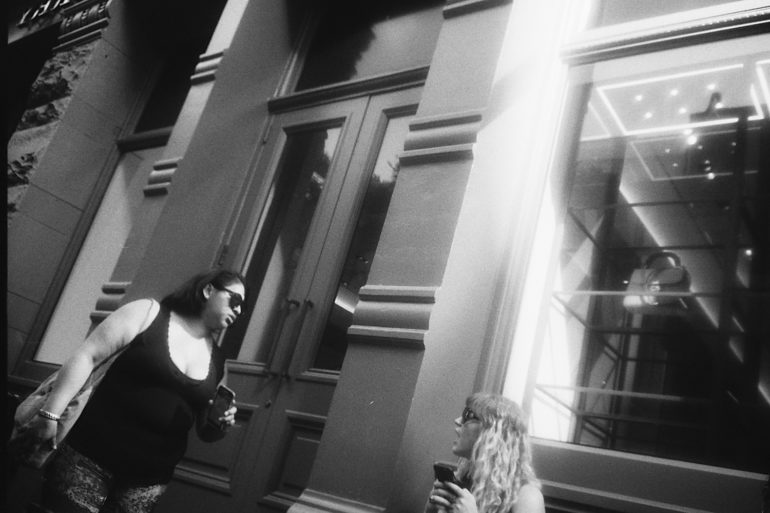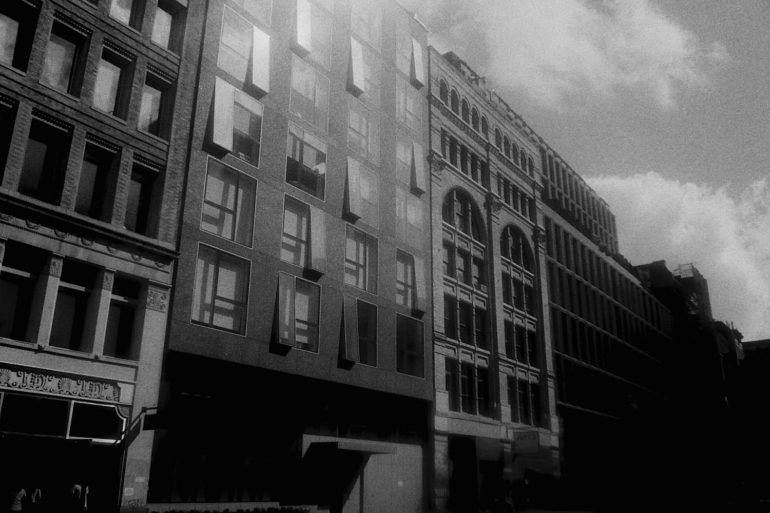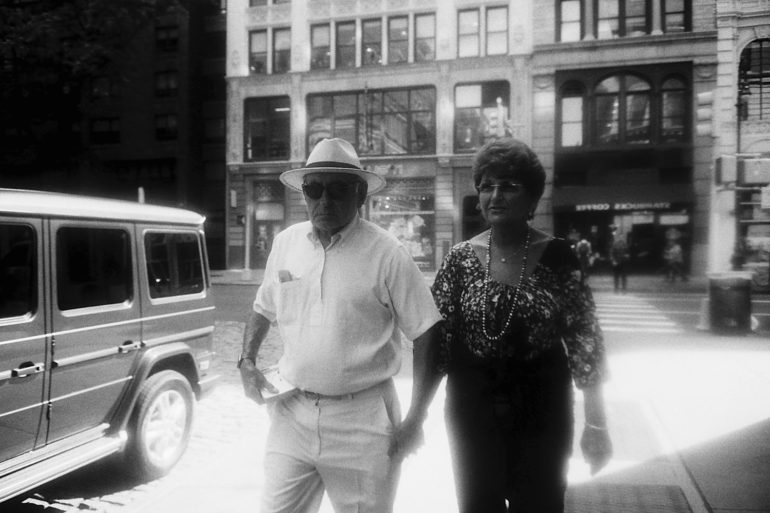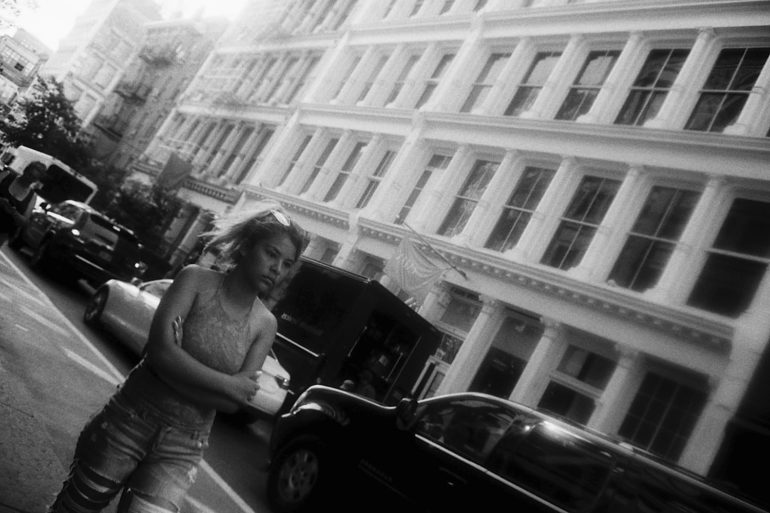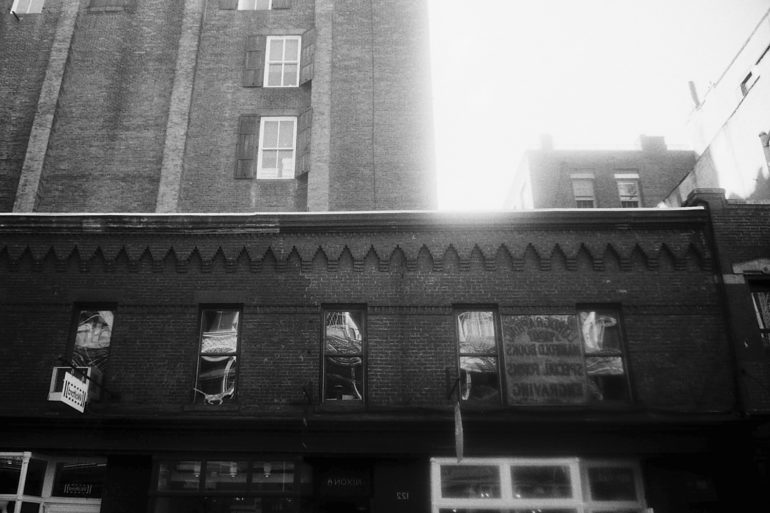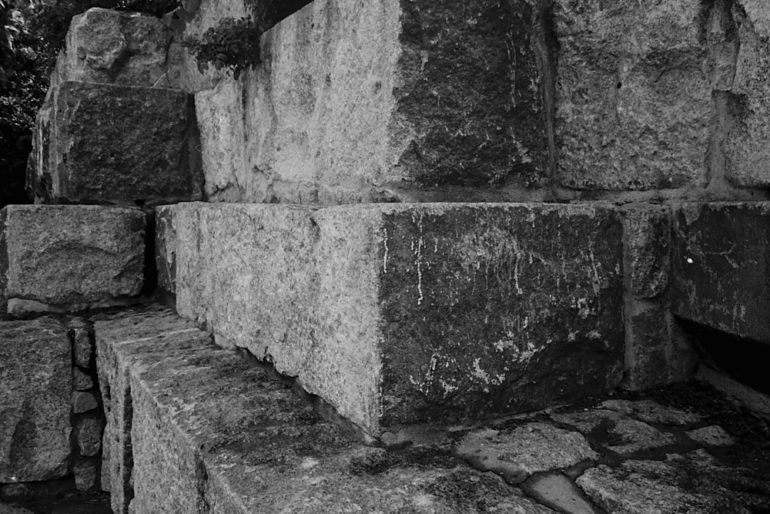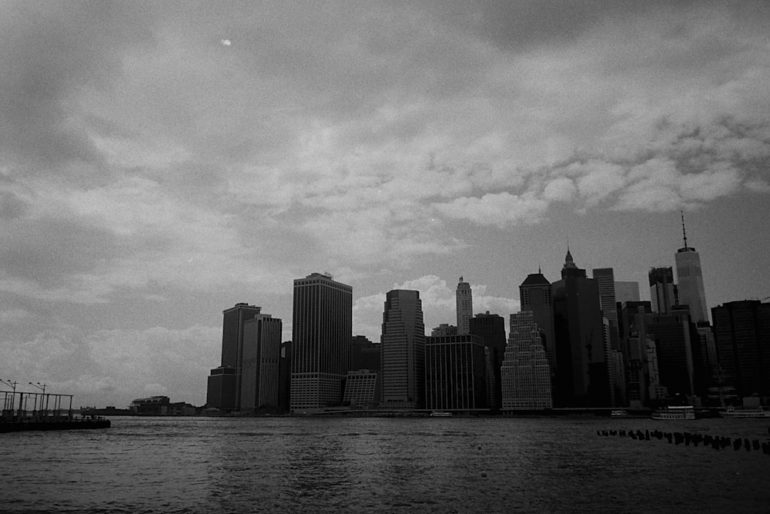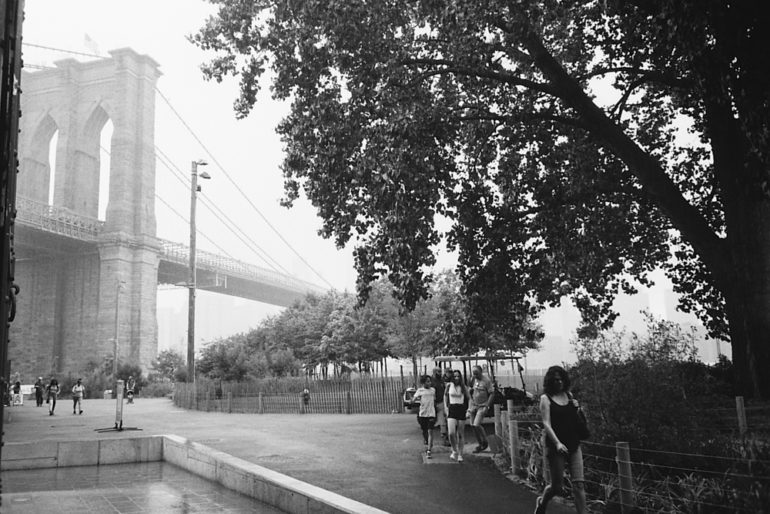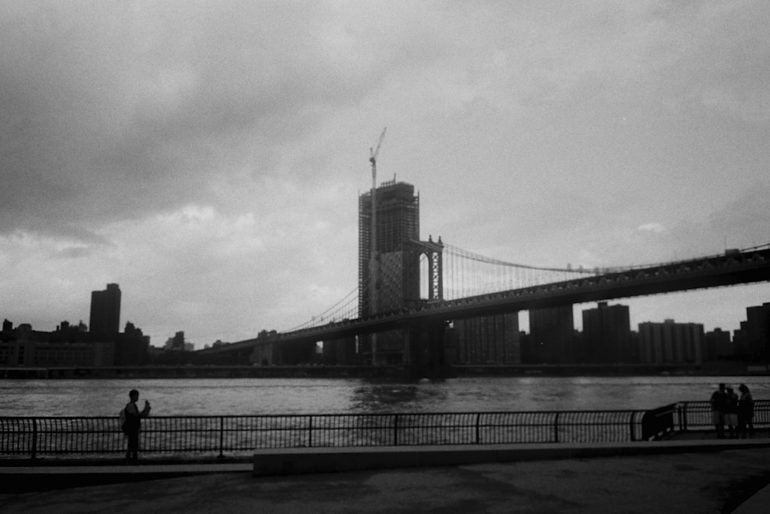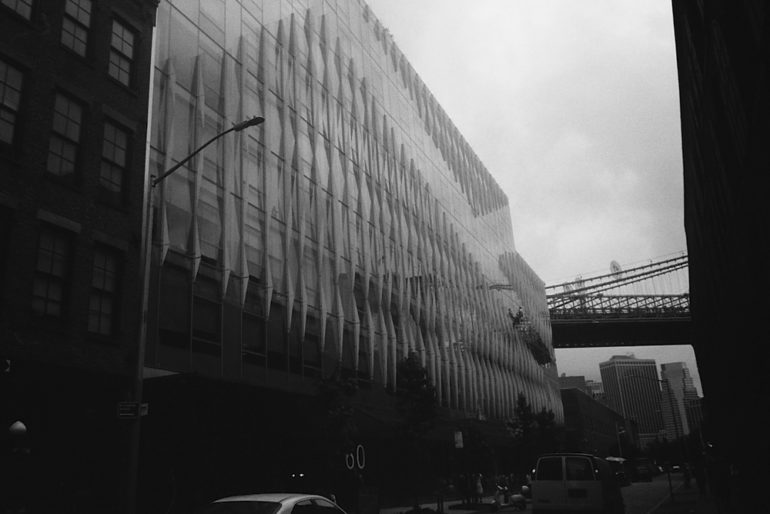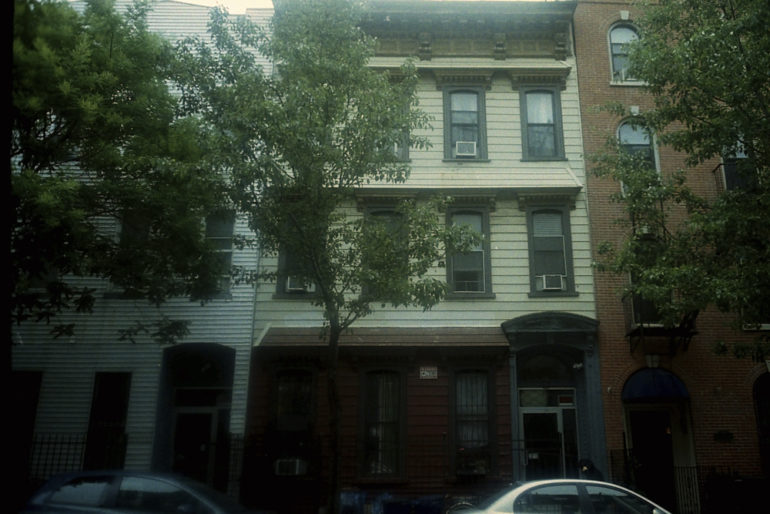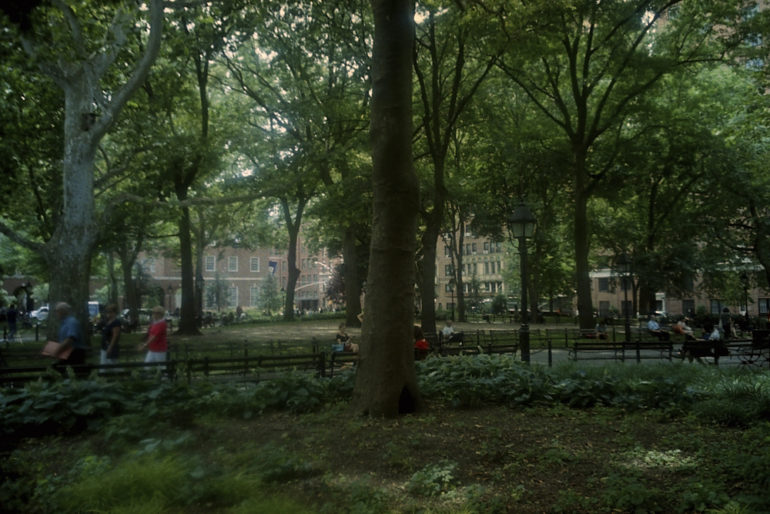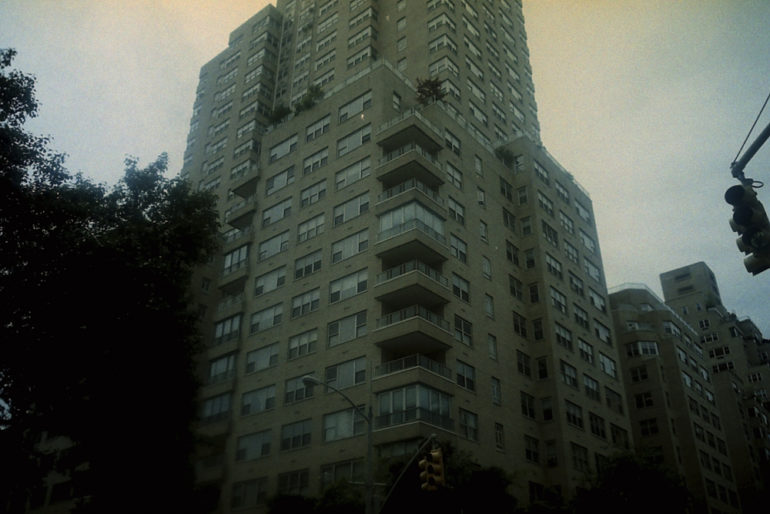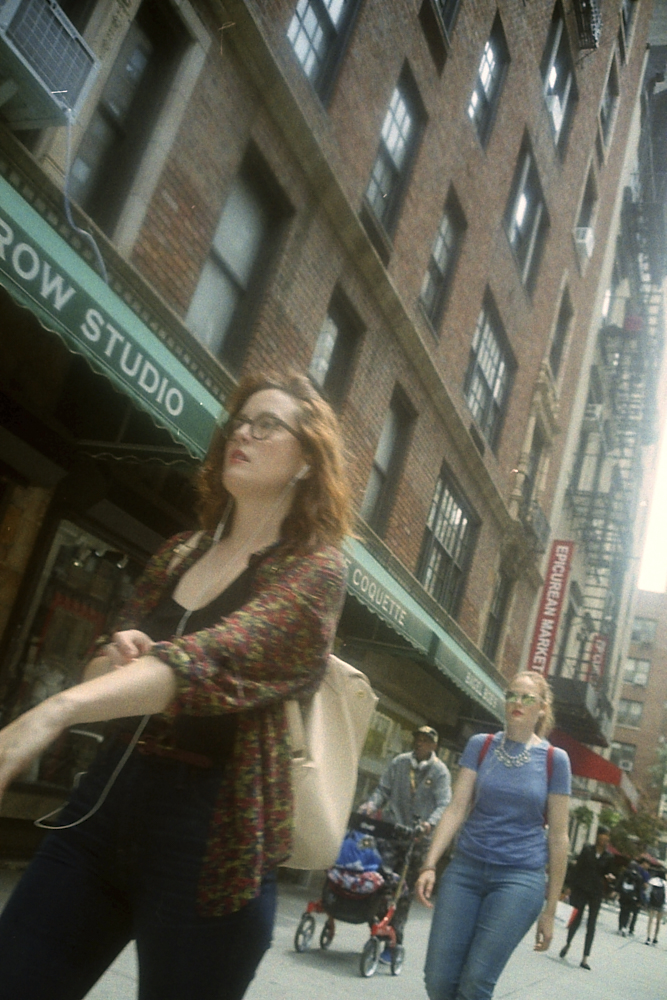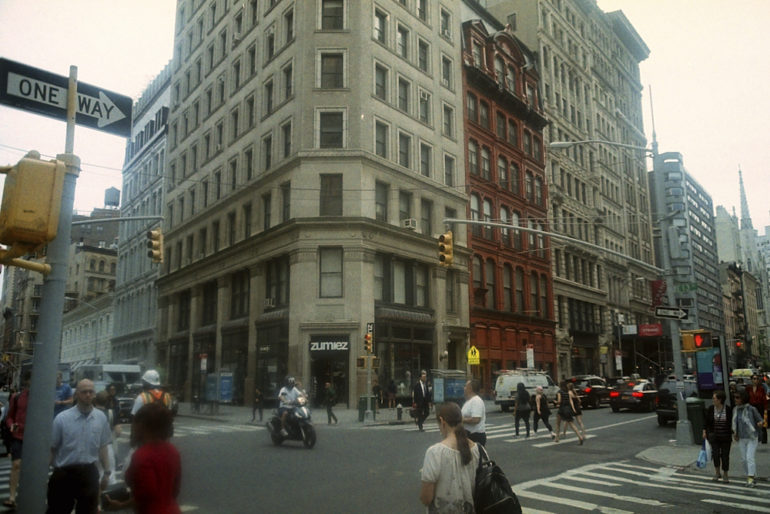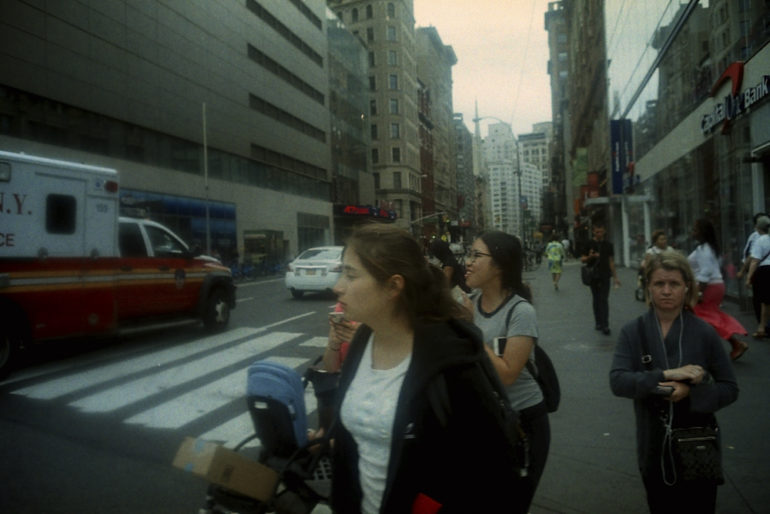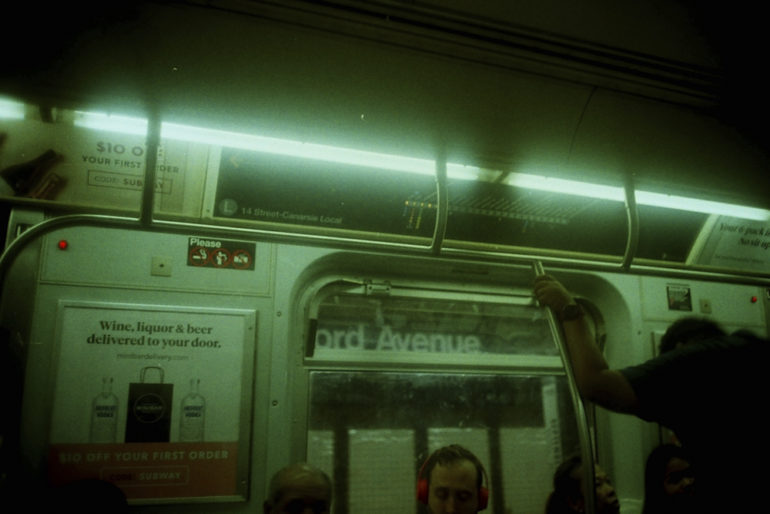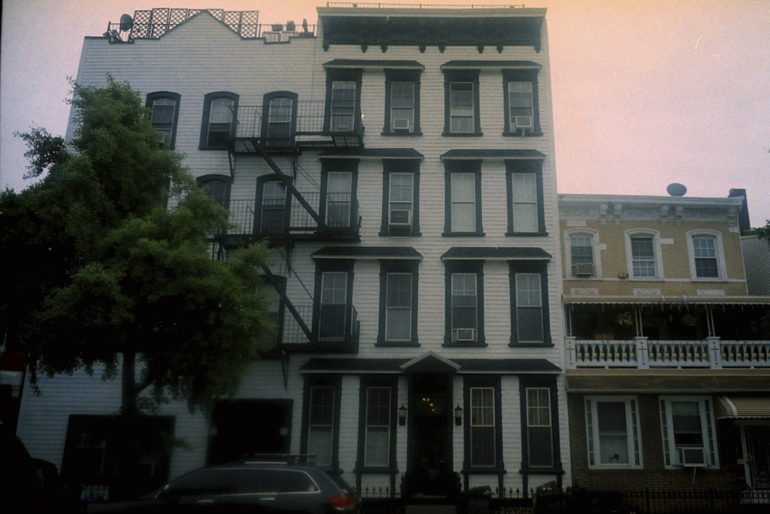Last Updated on 09/25/2020 by Chris Gampat
The MS Optics 28mm f2 Pancake lens offering is a lens that should be permanently glued to a Leica CL if you have one. Now, don’t go doing that for real now, but more to the point, this is a lens that really should be glued on. Why? It’s incredibly small. The MS Optics 28mm f2 is one of the smallest lens offerings for the Leica M mount, with perhaps only Lomography’s Minitar 32mm f2.8 lens rivaling it. In fact, both of those lenses have unique image qualities to them as well as drastically different price points. Their operation is quite similar though due to their being this small.
One thing is for absolutely certain: mate the MS Optics 28mm f2 to your Leica M mount (or any M mount camera) and the package will be that much lighter and smaller than nearly any other lens you use with your camera.
Pros and Cons
Pros
- Incredibly small
- Not crazy sharp–this lens isn’t about that
- Pretty well built
- Smooth operation
- Rangefinder coupled
- Set it and forget it (providing you know what you’re doing)
Cons
- Sort of wish that it had an equally small lens hood that came with it.
Gear Used
We tested the MS Optics 28mm f2 with the Leica CL, Fujifilm Superia 200, Fujifilm Superia 400, Fujifilm Superia 1600, Kodak Tri-X 400, and Lomography Earl Grey 100 film (pushed to 400).
A giant thank you to Lomography for developing the film for us.
MS Optics 28mm f2 Tech Specs
Specifications taken from Japan Camera Hunter’s website
Gauss type with six elements in four groups
Focal length = 28.8mm
Maximum aperture = f2.08
Leica M-mount
Focusing = coupled from 0.9m to infinity, from 0.6m to 0.9m on mirrorless bodies
Filter thread = 28mm with 0.75mm thread pitch
Size = 50mm diameter x 9.8mm length
Weight = 70 grams
@ f2 Resolution over the entire field is good
Outside the center 20mm circle, coma flare increases and contrast drops
@ f4 High image quality over entire field
Beautiful image with no astigmatism
@ f8 Highest resolution
Waviness in contrast is due to image plane field curvature
Ergonomics
Look at this thing? It’s so incredibly small. The MS Optics 28mm f2, due to its small size, has a way of functioning that doesn’t exactly work like many of the other M mount lenses out there. In order to change the settings you actually have to look at the front of the lens. There you’ll see the aperture setting and the focusing setting. Additionally, you can spot the depth of field scale here–which is very important for street photography. Unfortunately, the aperture doesn’t click, which means that in actual use you really have to look down at it vs counting the clicks.
While the aperture on the MS Optics 28mm f2 changes via essentially gripping the area around the front element and twisting, the lens focuses using the tab on the side. The focus operation is very smooth.
This is how thin the MS Optics 28mm f2 lens is. Look at that? It basically turns a Leica CL into a point and shoot camera.
Build Quality
The MS Optics 28mm f2 that I borrowed from Horatio over at Street Silhouettes is very well built. His copy needs to be fixed though as it’s missing a screw or two that keeps the entire lens assembly from falling out. But all that considering aside, the lens is very solidly built and feels great. What’s best about the MS Optics 28mm f2 is that it’s so small. You can almost put it on the Leica CL and into a pocket.
Almost…
Ease of Use
The MS Optics 28mm f2 isn’t designed for folks who don’t understand manual focusing. Sure you can put it on a Sony a7 camera and use focus peaking but this lens isn’t designed for that really. It’s designed to be purposely small, purposely low profile, and purposely to have a fairly deep depth of field. Essentially, it’s for street photography. Put it on your camera, zone focus to maybe around 4-6 feet away, and shoot when a subject moves into the frame.
Focusing
The MS Optics 28mm f2 lens isn’t an autofocus lens. Instead, it’s manual focus only. I’ve already spoken about how it operates and in real life use, you essentially just set it and forget it.
Image Quality
The MS Optics 28mm f2 isn’t designed to be the sharpest lens. It isn’t bad at all, and instead designed to deliver a very specific look to it. With that said though, the lens was designed very carefully to not have any major issues with chromatic aberration and indeed keeps issues like distortion down pretty well.
Considering that it’s an f2 lens, you also expect it to have great bokeh. It isn’t bad at all. The overall look of the lens is pretty lo-fi and if you appreciate that look then you’ll be fine. With that said, I genuinely believe this lens delivers the best images with a good black and white film like Kodak Tri-X 400. If you shoot it digitally, you’ll get pretty great results. But if you shoot it with something like Kodak T-Max 400 or Fujifilm Acros 100, you’ll get the sharpest results.
Essentially think of this lens as something made in the 1980s or 1990s in a way.
Bokeh
This is a 28mm f2 lens that doesn’t focus extremely close. The bokeh isn’t going to be spectacular here but the best bet for any bokeh is going to be achieved by focusing closely and shooting wide open at f2. Otherwise, forget about it.
Chromatic Aberration
This lens has some chromatic aberration and astigmatism but I think that look was genuinely engineered into the lens. It’s a fun effect and perhaps even better on digital. With the MS Optics 28mm f2 though you may not really like the results depending on what your tastes are.
Color Rendition
The color rendition of the MS Optics 28mm f2 lens is fairly muted as per what the design of the lens is being described as. In fact, I’d say it’s even more muted than real life. To that end, I probably wouldn’t shoot this film with something like Kodak Portra. Instead, go for something more saturated.
This is completely color accurate as per what daylight film and white balance does in the NYC subways. Don’t believe me? Try it. For anyone stating that maybe I should have fixed this in post; I disagree. I shoot film to begin with so that I don’t need to mess with stuff on Capture One. I shoot digital for convenience and to be able to edit in Capture One. But when I shoot film, I strive to get it right in camera as much as I can.
Sharpness
I genuinely feel like the MS Optics 28mm f2 is sharpest when using black and white film where some of the “flaws” can be hidden. So if you’re a member of the legion that subscribes to the belief of Tri-X or nothing, then you’ll genuinely be surprised by this lens.
On Digital
Extra Image Samples
Conclusions
Likes
- Small size
- Great image quality with black and white film
- Pretty simple to use once you understand zone focusing and why it’s so important to street photography
Dislikes
- Nothing really
The MS Optics 28mm f2 is a lens that will appeal to a certain photographer. If you’re using a digital camera, get ready for a softer look for sure. If you’re a film shooter, you may want to just stick with black and white film for the sharpest results. But if you don’t at all mind the softer look then you’ve got nothing to worry about. What photographers will really like about the MS Optics 28mm f2 is the fact that it is so small and easy to tote around. Just remember what the 28mm field of view looks like if your camera doesn’t have the framelines and shoot.
Personally speaking, I really like the lens. But a part of me wishes for something sharper because I’m a film shooter who likes using color film. However, if I was using a digital camera then I wouldn’t mind so much.
The MS Optics 28mm f2 gets four out of five stars.


